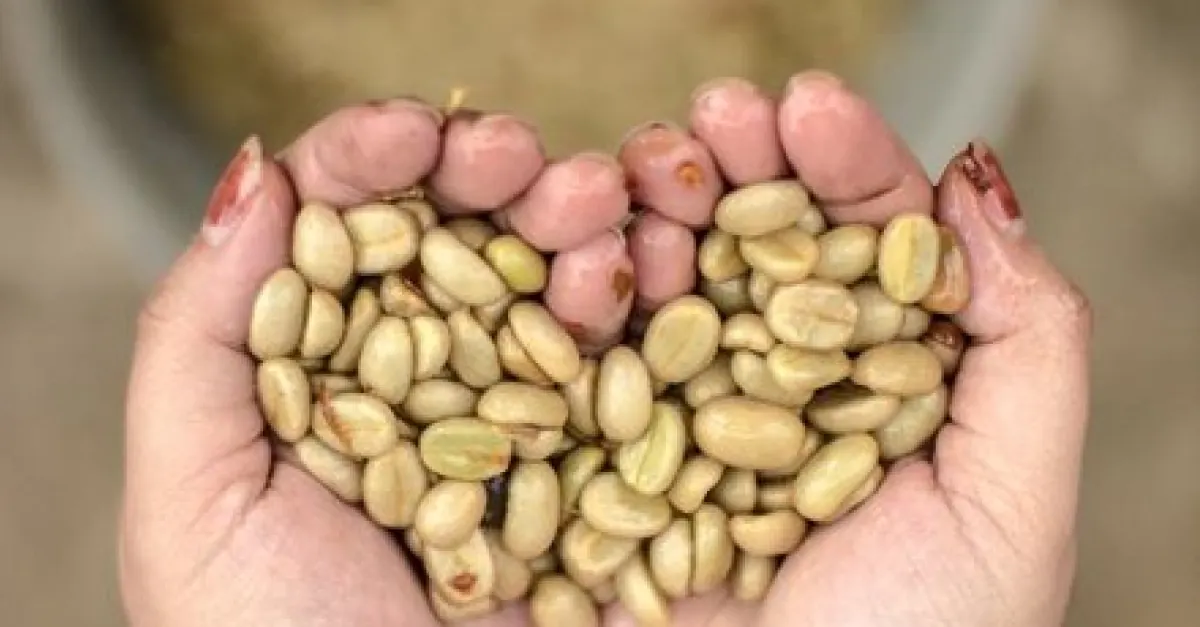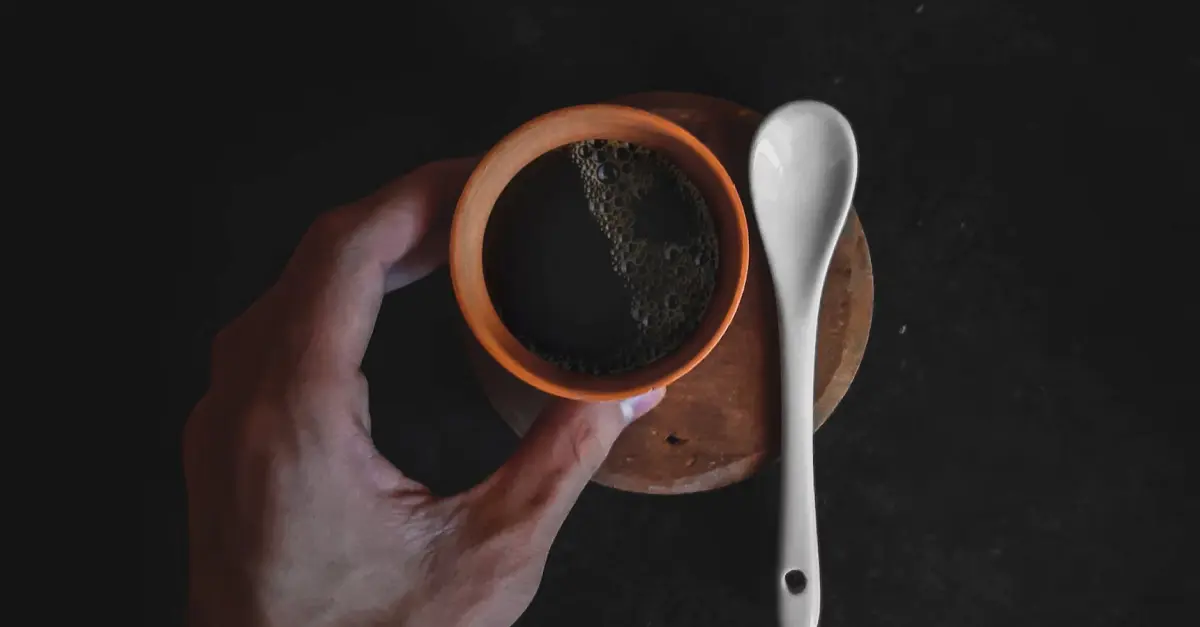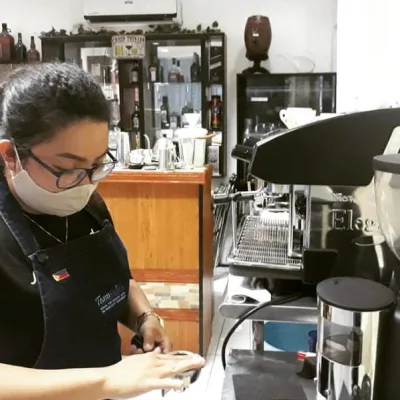While in the Philippines, be on the lookout for good coffee. The Philippines has been growing and cultivating a wide range of coffee kinds since the 18th century. Is Philippine coffee good as other popular coffee-producing countries? Read on to find out what you need to know about Philippine coffee and which variety you’d like to try when you visit the country.
Philippine Coffee
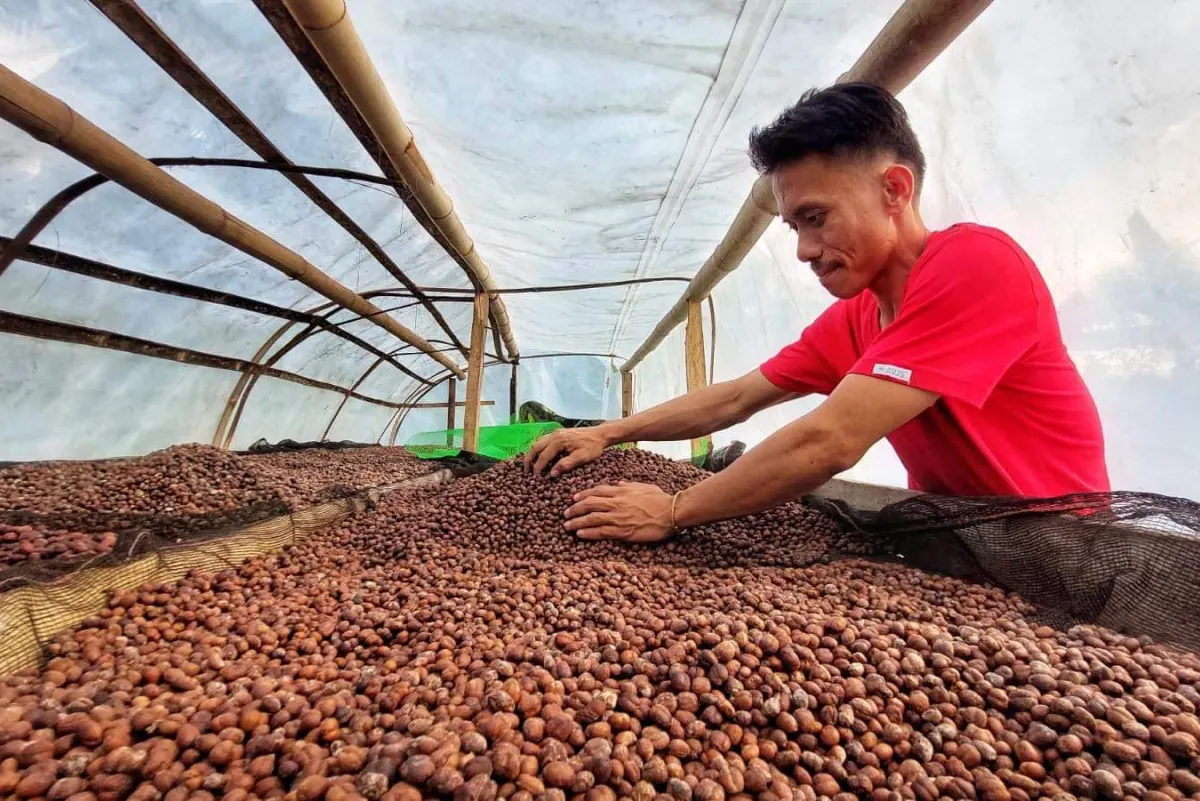
Philippine Coffee Farmer - Credit Phillipine Information Agency
Interesting fact: the Philippines is located in the heart of the Bean Belt.
There are over 50 countries along the equatorial zone known as Bean Belt, where coffee is farmed. The bean belt is positioned between 25° and 30° north and south latitudes.
.opti.webp)
Coffee Bean Belt
The Philippines are an archipelago of more than 7,000 islands with vastly different climates, topographies, and geologies. It is one of the few countries that cultivate all four types of commercially viable coffee - arabica, robusta, liberica, and excelsa. The country is blessed with good climate and soil conditions from the lowlands to the mountains to produce these coffee varieties.
History Of Coffee In The Philippines
Returning to how coffee came in the Philippines, in 1740, a Spanish Franciscan monk brought the first coffee tree to Lipa, Batangas. After that, coffee farming expanded to other areas of Batangas, bringing economic prosperity to the province. With time, Lipa surpassed other Philippine cities as the country’s primary coffee hub.
Batangas began exporting coffee to the United States in the 1860s via San Francisco, and when the Suez Canal was completed in 1869, the European market was finally accessible. After the coffee rust wiped out production in Brazil, Africa, and Java, the Philippines, already the world’s fourth-largest exporter of coffee beans, became the world’s only source of coffee beans.
However, coffee rust eventually made its way to the Philippines, and production has never bounced back.
A law was later introduced in 1960 to forbid the importation of coffee. Because of this, the Philippines could produce enough coffee for local consumption and export until the fall of the International Coffee Agreement in 1989. Later, when import limitations were abolished under new trade regimes, the country came to rely on imported coffee because of its lower prices.
Three years ago, the Philippines only produced 23,000 metric tons of coffee annually; today, that number has risen to 30,000 metric tons, with 70% coming from Mindanao.
Growing Coffee In the Philippines
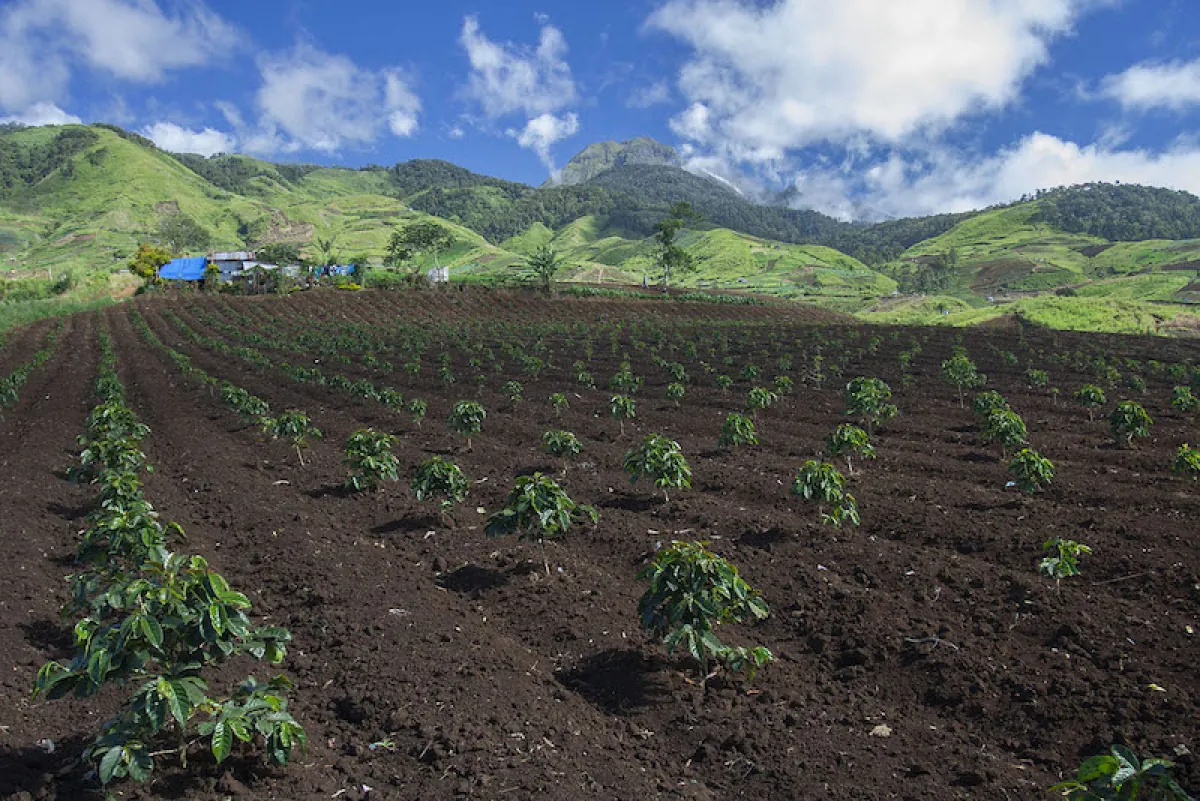
Coffee Plants in Bansalan in Davao del Sur - Photo by BOBBY TIMONERA
Thanks to its diverse landscape and fertile soil, the Philippines is one of the few worldwide to produce all four types of coffee (Arabica, Robusta, Liberica, and Excelsa). The kind of plants grown in various regions of the nation is likewise influenced by local microclimates.
The coffee plantation in the Philippines data shows that robusta coffee accounts for 69% of all coffee produced in the Philippines, whereas arabica accounts for 25%, excelsa for 6%, and liberica for only 1%.
It doesn’t matter if it’s the dry season or the wet; many Filipinos will enjoy kape (coffee) every day!
Different Kinds Of Coffee In The Philippines
The Filipinos love their coffee, and it shows: the country is one of the few where all four types may be grown: Arabica, Robusta, Liberica, and Excelsa.
Note that the taste of coffee can be affected by a wide range of factors, including the type of coffee plant used, the soil’s chemistry, the quantity of rainfall and sunlight, and even the exact height at which the beans are grown.
But with so many options, it might be challenging to narrow down your search for the ideal native coffee. Here, we break down the foundations of coffee and each variety’s particular local coffee characteristics to help you identify your personal go-to brew.
Where To Find the Best Coffee Beans In The Philippines?
If you’re a fan of coffee, you may want to include the following coffee plantation in the Philippines on your itinerary:
Arabica Beans
Compared to the other four coffee varieties, Arabica is by far the most delicate as it is prone to diseases and pests. Because it requires special care, it is frequently more expensive than other types of coffee.
Coffee made from Arabica beans is sweeter and has a more aroma, with notes of sugar, fruit, berries, and even florals. Notes of chocolate, almonds, citrus, and honey may also be present, depending on the country of origin and the specific variety. It’s also typically more acidic and less caffeinated.
If you are searching for the famous Arabica coffee beans in the Philippines, you may seek these places.
Benguet
As one of the traditional producers of coffee in the Philippines since the 19th century, the Cordillera mountains of the northern Philippines have been the sole location for cultivating the single-origin coffee cultivar known as Benguet coffee, or Benguet arabica. This coffee is of the Typica subspecies of the Coffea arabica species. Farmers in the province of Benguet grow arabica because the environment there is ideal for the plant.
Davao
The Davao region is known as the “Fruit Basket of the Philippines” because of its rich soil and pleasant temperature. Davao’s coffee is of the highest quality, and the region’s several cultivars allow for a wide range of flavor characteristics, from nutty and chocolaty to fruity and floral.
Sagada
Sagada’s coffee, which has a bittersweet flavor and nutty undertones, is known for its success due to the local farmers’ customs and laws, which include planting only before the full moon and mandating each home have coffee plants.
Cotabato
The province of Cotabato is home to some of the world’s best coffee, largely thanks to the country’s optimal altitude for cultivating Arabica beans. Between 1960 and 1980, Cotabato’s coffee production reached its highest point.
Several nonprofit organizations are working to restore the province’s once-thriving agricultural sector. Civet coffee originates from South Cotabato’s Mt. Matutum, where wild civet cats eat ripe coffee cherries in the wilderness.
Robusta Beans
It’s as robust as its name suggests. It’s less difficult to grow and less susceptible to pests and diseases. It thrives in warmer regions, doesn’t need access to steep slopes or elevations, and is a more adaptable plant overall. Robusta is faster to mature and generates a far larger harvest from each plant. The majority of Robusta’s production goes toward instant coffee.
In the Philippines, you can find them in the following areas:
Cavite
Like its neighboring Batangas, Cavite is a province closely associated with coffee. The town of Amadeo, Cavite was also once regarded as the coffee capital of the Philippines, particularly for its production of the Robusta variety.
Kalinga
It is solely made of Robusta beans and is commonly referred to as Kalinga Brew. The only proper way to make coffee in the Buscalan village is to “cook” the grinds in boiling water mixed with brown sugar.
Liberica
The fruits of the Liberica tree are larger and more irregular in shape than those of the Arabica or Robusta trees, including cherries and beans. Perhaps, this is the only coffee bean species with an asymmetrical form.
With a robust body and a woody flavor, slightly smoky and sometimes nutty, liberica has an outstanding flowery and fruity aroma reminiscent of jackfruit. The darker the roast, the more robust and earthy the flavor. Because of its subtle undertones, Liberica is frequently used to enhance the flavor of coffee blends.
Batangas and Cavite
The rare Coffea liberica, locally known as Kapeng Barako, is the main reason the region is famous. “Barako” refers to the robust flavor and pungent aroma of this coffee, which earns it the name “strong man” or “manliness.” Hence, Kapeng Barako is considered one of the strongest coffee in the Philippines.
Excelsa
The flavor of Excelsa is robust and full-bodied, typically tart and fruity but always dark. Since Excelsa has an intense flavor, it is commonly utilized as a blending variety to provide complexity and depth to house coffee blends. Plus, supply for this variety is limited in the country.
Quezon and Batangas
Over seven percent of the country’s total coffee output comes from this variety. Its sweet flavor, sometimes compared to that of jackfruit, is a beautiful complement to its enticing scent. This coffee is unique because it is resilient to dryness and other coffee diseases, making it easy to grow and a rarity.
Conclusion
The Philippines is one of only a few countries that cultivate all four of the world’s most valuable coffee species: Arabica, Robusta, Liberica, and Excelsa. The Philippine Liberica coffee bean, also known as Barako, is prized for its exceptionally strong and flavorful brew. Large cherries and beans are a standard in the Philippine coffee industry, with the provinces of Batangas and Cavite harvesting the bulk.
